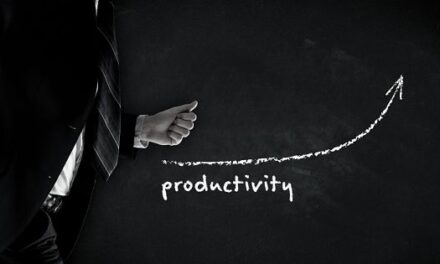In his book Tools of Titans , Tim Ferriss captured the mindset, habits, and routines of some of the world’s most successful artists, athletes and business people. It’s an epic tome, and chock full of brilliant wisdom.
Many of the people interviewed are Achievers, people focused on extraordinary results. They share their insights from that paradigm: how to have exceptional results while not burning your own metaphorical house down.

The first interviewee is Amelia Boone, exceptional obstacle course racer with a string of championships to her name. She is (was?) hammering the Achiever anvil big time.
We can learn a lot from the efforts and focus of a successful Achiever. Commitment, systems, and unwavering dedication are key attributes to carry with us.
When it comes to being in greater service to the world, there are some things we need to leave behind, and some things we need to adopt.
The biggest difference I see between an Achiever (someone who is driven by results) and an Amplifier (someone who is inspired by purpose beyond themselves) is how they manage their calendar.
One of my mentors said once, “I can tell everything I need to know about you by your calendar and your bank account transactions.” He said these reflect our actual values, not just our aspirational ones.
Our calendar is a reflection of choices we are making for our focus. While it’s hard to get it right all the time, there are some core principles that are worth exploring.
- Achievers have a FULL diary. Amplifiers have a FLUID diary.
While having a full diary makes us feel important and needed, it squeezes out the activity that progresses work. Things like developing others, doing big picture thinking, and strategy design.
The habit that shifts the dial is:
Habit 1. Blocking in empty space.
I had a client who had appointments booked back to back all day, each day. Not even time for bathroom breaks. As a result, he got behind schedule by the third meeting and was rushing the rest of the day, continuously apologising for being late, and not giving his pure focus to the subject at hand. He finished the day exhausted and anxious.
Blocking in empty space means 15 minutes between meetings. A meeting-free day. (or two). Deep work focus time. This allows the brain to process the most recent interactions, integrate the key insights, and to action any follow-up. Or at the very least get a bathroom break!
- Achievers prioritise TASKS. Amplifiers prioritise STRATEGY.
Tasks are seductive.The dopamine hit we get by knocking off tasks gives us a short-term boost. Ticking things off the task list is incredibly satisfying.
Strategy work is not as satisfying. It often lacks clarity, is ambiguous, and we often don’t know its impact for months at the earliest. It’s like planting a bulb in autumn and waiting for the spring to see if anything grew. We have to embrace delayed gratification!
The habit that shifts the dial is:
Habit 2. Blocking in WEEKLY strategy time.
In their awesome book, the CEO Next Door, Elena Botelho and Kim Powell say “While non-CEO executives typically spend almost 80% of their time focused on issues affecting the next twelve months, CEOs spend over 40% of their time focused more than a year into the future.” (quoted in the book from the WWW.CEOGENOME.COM) )
40% of the week is TWO FULL DAYS.
I have yet to meet a leader who dedicates that much time to strategy.
And imagine if we did? What could we create and focus on if we invested two full days per week crafting a picture and a plan for a better future? What would we have to stop doing to make room for that? Would that have mattered in two years? The possibilities are scintillating…
- Achievers focus on DELIVERY. Amplifiers focus on DEVELOPMENT.
Achievers obsess about results and how they and their teams can meet and exceed them. Amplifiers obsess about building capacity of the work system as a whole. If you were wondering what you would do in two days of strategy thinking, then this is the work!
The habit that shifts the dial is:
Habit 3. Reviewing and designing systems, weekly.
I was speaking with one senior executive in a large insurance company She is part of a new business venture that needs to build fast and is in constant iteration to meet the new design specs of their product and services. What she has discovered is that old hierarchical bureaucratic systems are slowing progress. The systems are unwieldy, require too many checks and processes, and appointments of new people are weeks behind schedule as a result. Furthermore, the Human Resources department are overloaded by the surge of new work in a system built for far less volume. They are constantly chasing their tail.
My client knows that there are two issues: delivering on the urgent priorities, and fixing the system that is acting like a rusty handbrake on the new initiative. So how to get you the people involved to get their head out of the quicksand long enough to create a path out of it?
If we are caught on the Achiever treadmill, we often do not have the head and energy to do that kind of complex thinking.
Hence the need for habits one and two: space in the diary to process and reflect, space in the diary for strategy, and then using that for systems re-design.
What do you do to get out of urgent and in to important? How often do you do strategic thinking? Which of your systems need fixing? What might you create if you did?



















